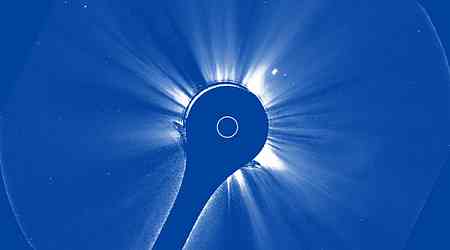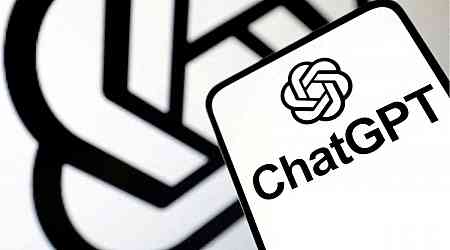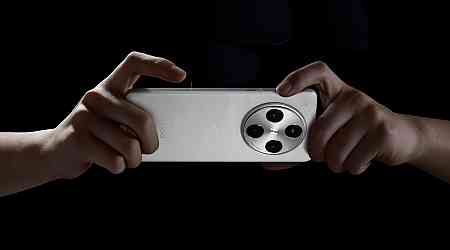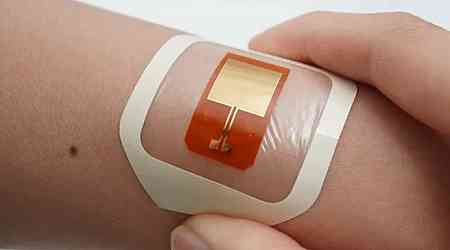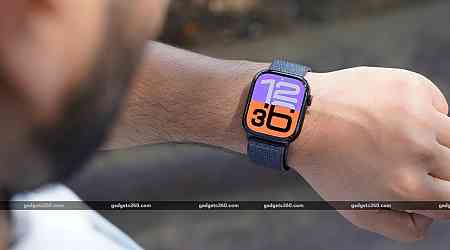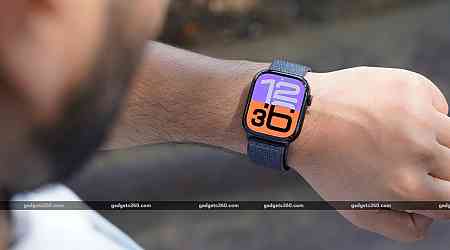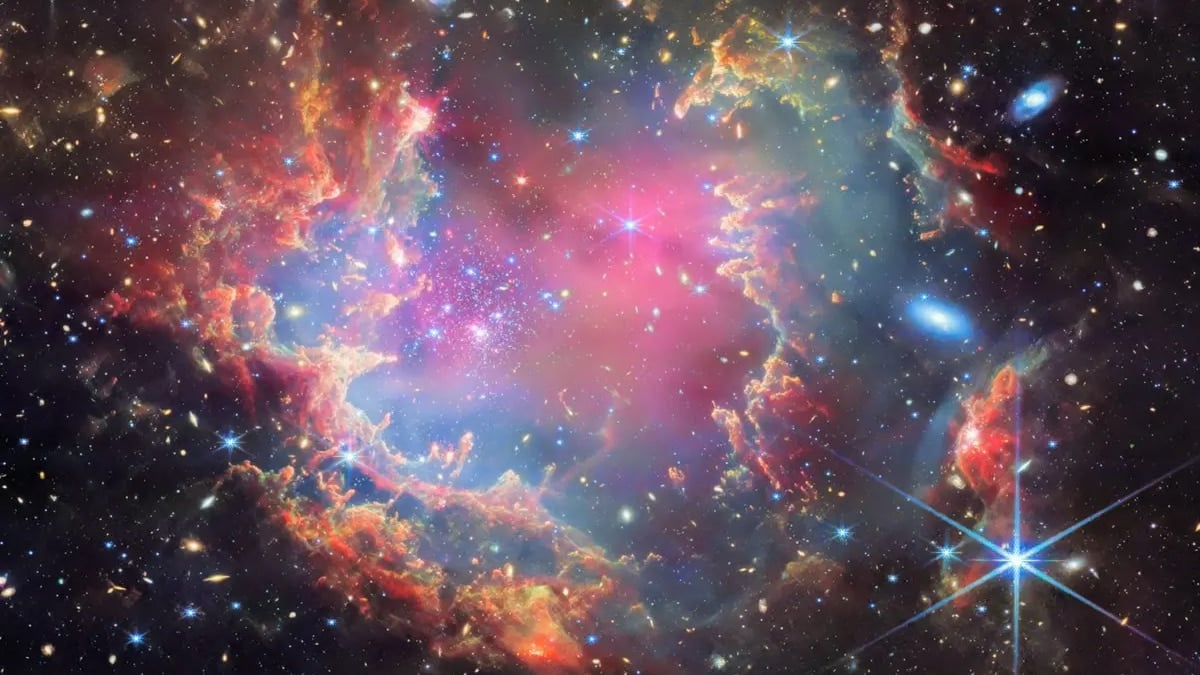The National Oceanic and Atmospheric Administration (NOAA) has unveiled the first images from its groundbreaking space-based telescope, the Compact Coronagraph (CCOR-1), which has captured a vivid solar storm. Positioned on NOAA's latest satellite, GOES-19, this new tool is the first operational coronagraph in space designed to actively monitor the sun's outer atmosphere, the corona.
Revolutionising Space Weather Forecasting
CCOR-1, launched on June 25, began its mission on September 19 to track solar activity, including coronal mass ejections (CMEs)—powerful bursts of solar plasma and magnetic fields that can disrupt Earth's magnetic field. Mounted on the geostationary GOES-19 satellite, CCOR-1 uses an occulting disk to block sunlight, capturing high-resolution images of solar storms that the sun's glare would otherwise obscure.
One recent image, taken on September 29, shows a distinct CME emerging from the sun's eastern limb at 8:15 a.m. EDT. NOAA officials highlighted the visual details of the sun's corona in this footage, revealing streaming plasma disrupted by the explosive CME, which moves at speeds of up to thousands of miles per second.
Enhancing Preparedness for Solar Storms
As an operational instrument, CCOR-1 differs from prior scientific coronagraphs by providing real-time data for space weather forecasting. This advantage allows NOAA to issue earlier warnings about CMEs, which can potentially cause power outages, communication failures, and increased risks for astronauts. Fortunately, the recent CME was directed away from Earth, but NOAA emphasised that these images significantly advance monitoring space weather.
Further Expansion of Space-Based Monitoring
GOES-19, launched atop a SpaceX Falcon Heavy rocket, is still undergoing post-launch testing, with CCOR-1 set to become fully operational by spring 2025. NOAA plans to deploy additional space-based coronagraphs as part of its Space Weather Next initiative, enhancing preparedness and providing early warnings against solar weather impacts on Earth.























